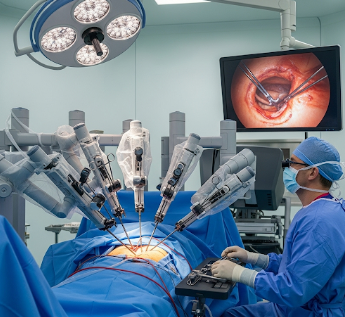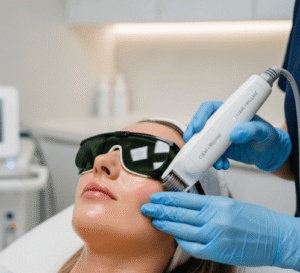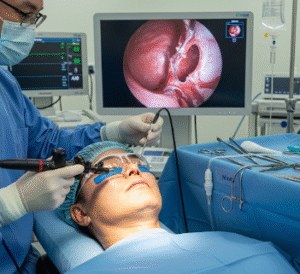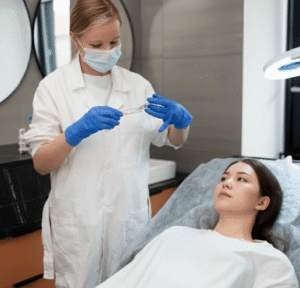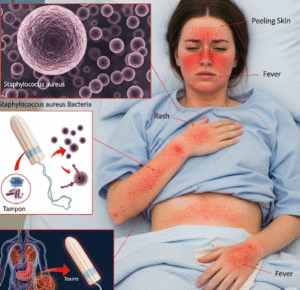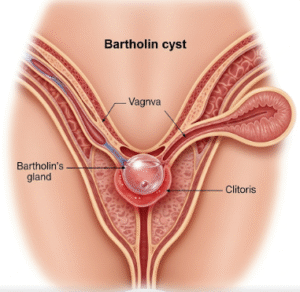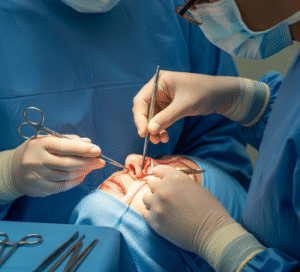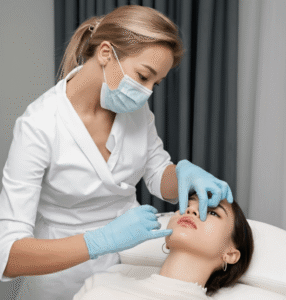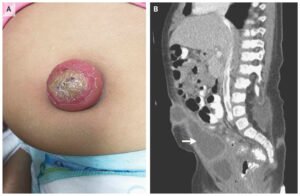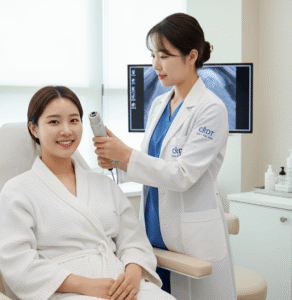Overview
Robotic hernia surgery is a minimally invasive technique that uses robotic-assisted systems to repair hernias. Hernias occur when internal organs or tissues protrude through a weakened area in the abdominal wall, commonly in the groin, abdomen, or incisions from previous surgeries.
South Korea is renowned for advanced robotic surgical platforms, skilled minimally invasive surgeons, and precise operative techniques, ensuring robotic hernia repair is safe, effective, and associated with faster recovery and less post-operative pain.
What is Robotic Hernia Surgery?
Robotic hernia surgery uses a robotic system controlled by a surgeon to perform precise hernia repairs. Key points include:
✔ Enhanced precision and dexterity compared to traditional laparoscopic surgery.
➔ Minimally invasive approach with small incisions.
● Magnified 3D visualization allows surgeons to clearly see delicate structures.
★ Reduced risk of recurrence and complications due to accurate mesh placement and suturing.
This procedure is indicated for inguinal, ventral, incisional, and complex hernias, particularly when conventional laparoscopic or open surgery may be challenging.
What are the Benefits?
Robotic hernia surgery offers multiple advantages:
✔ Smaller incisions and reduced scarring.
➔ Less post-operative pain and faster return to daily activities.
● Shorter hospital stay and quicker recovery.
★ Enhanced precision reduces risk of recurrence.
➤ Better outcomes in complex or recurrent hernias compared to traditional methods.
Procedure Details
1) How should I prepare for Robotic Hernia Surgery?
Preparation focuses on medical optimization and procedural safety:
✔ Medical evaluation: Blood tests, imaging (ultrasound or CT), and overall health assessment.
➔ Medication review: Adjust blood thinners and other medications as advised.
● Bowel preparation: May be recommended for abdominal hernias.
★ Preoperative counseling: Discuss procedure, expected outcomes, risks, and recovery.
➤ Anesthesia evaluation: Procedure typically performed under general anesthesia.
2) What happens during Robotic Hernia Surgery?
The procedure is performed in a robotic-equipped operating room under general anesthesia:
✔ Small incisions: Typically 3–5 small incisions are made for robotic instruments.
➔ Robotic system setup: Surgeon controls robotic arms with high-precision instruments.
● Hernia repair: Herniated tissue is repositioned; mesh may be placed for reinforcement.
★ Closure: Small incisions closed with sutures or surgical glue.
➤ Procedure duration: Usually 60–120 minutes depending on hernia type and complexity.
Korean surgeons emphasize precise mesh placement, tension-free repair, and careful handling of surrounding tissues to minimize complications.
3) What happens after Robotic Hernia Surgery?
Post-operative care focuses on pain management, wound care, and gradual return to normal activity:
✔ Immediate recovery: Observation in recovery room; mild post-op discomfort expected.
➔ Pain management: Oral or IV analgesics; pain usually less than open surgery.
● Activity restriction: Avoid heavy lifting or strenuous activity for 4–6 weeks.
★ Follow-up: Monitor incision sites, wound healing, and hernia repair integrity.
➤ Return to daily life: Most patients resume light activities within 1–2 weeks.
Risks / Benefits
Possible Risks:
✔ Infection at incision sites
➔ Bleeding or hematoma
● Seroma or fluid collection around mesh
★ Rare injury to bowel, bladder, or blood vessels
➤ Hernia recurrence (lower risk than traditional methods)
Major Benefits:
✔ Minimally invasive with smaller incisions
➔ Faster recovery and less post-op pain
● Enhanced precision reduces risk of complications and recurrence
★ Shorter hospital stay and faster return to work or activities
➤ Ideal for complex or recurrent hernias
Recovery and Outlook
✔ Immediate recovery: Mild pain, swelling, or bruising at incision sites.
➔ Hospital stay: Often outpatient or 1-day admission depending on complexity.
● Activity: Gradual return to normal activity; avoid heavy lifting for 4–6 weeks.
★ Long-term outcome: High success rate with durable hernia repair and minimal recurrence.
➤ Follow-up: Regular post-op evaluation and monitoring for complications.
When To Call the Doctor
Contact your doctor immediately if you notice:
✔ Fever, chills, or signs of infection
➔ Persistent or increasing pain at the surgical site
● Swelling, redness, or discharge from incisions
★ Difficulty urinating or bowel obstruction symptoms
➤ Hernia recurrence or bulging at repair site
Best Korea Option / Process
South Korea provides expert robotic hernia surgery services with:
✔ Leading hospitals: Samsung Medical Center, Asan Medical Center, Severance Hospital General Surgery.
➔ Experienced minimally invasive surgeons skilled in robotic-assisted procedures.
● Advanced robotic platforms with 3D visualization and precision instruments.
★ Comprehensive perioperative care: Pre-op evaluation, surgery, post-op monitoring, and rehabilitation.
➤ Medical tourism support: Translation, appointment coordination, and continuity of care for international patients.
✅ Highlights:
✔ Robotic hernia surgery is minimally invasive and precise
➔ Reduces pain, hospital stay, and recovery time
● Enhanced precision lowers risk of recurrence and complications
★ Risks include infection, bleeding, seroma, or rare organ injury
➤ Korean hospitals provide expert surgeons, advanced robotic systems, and comprehensive care

